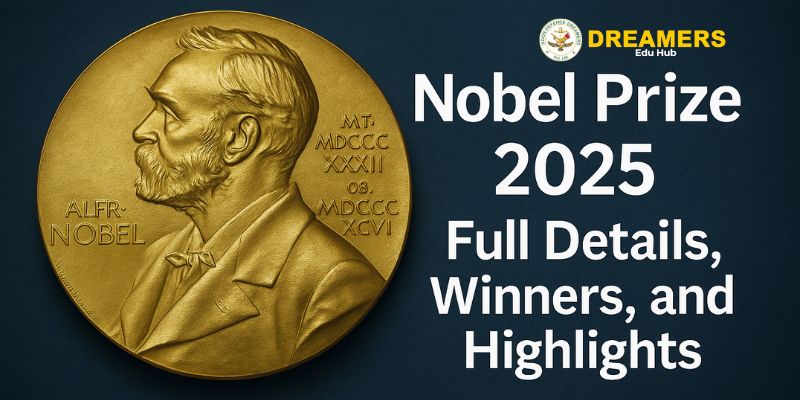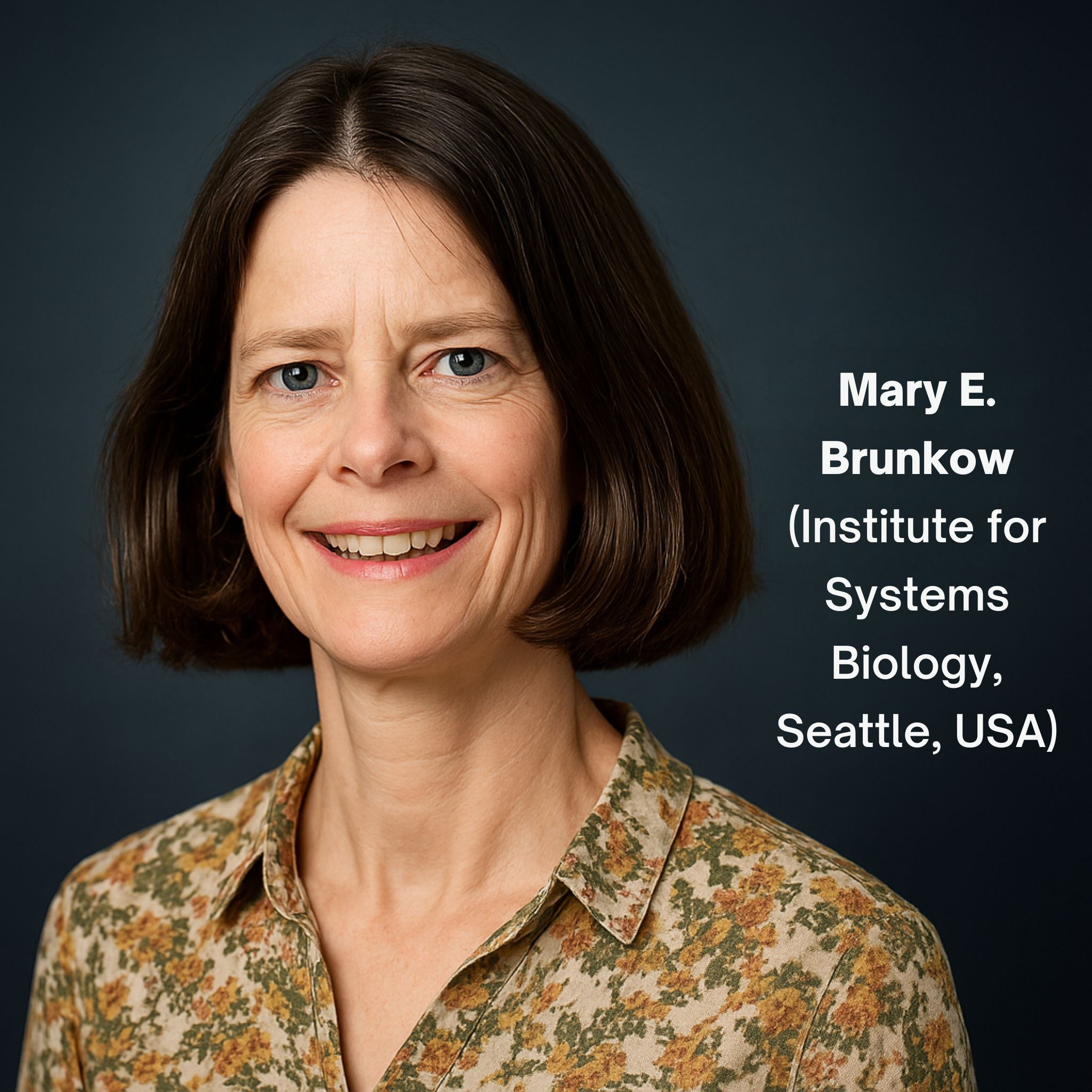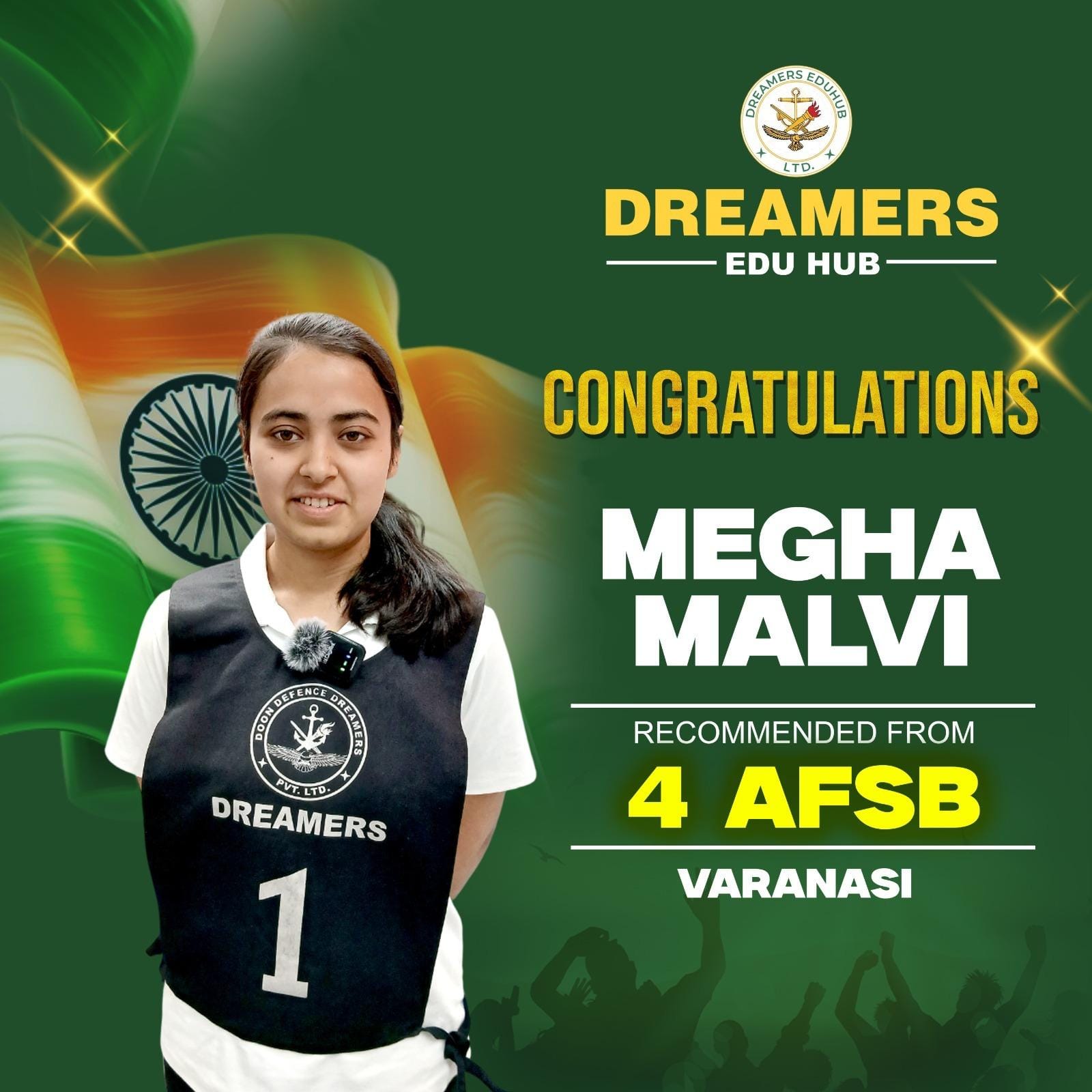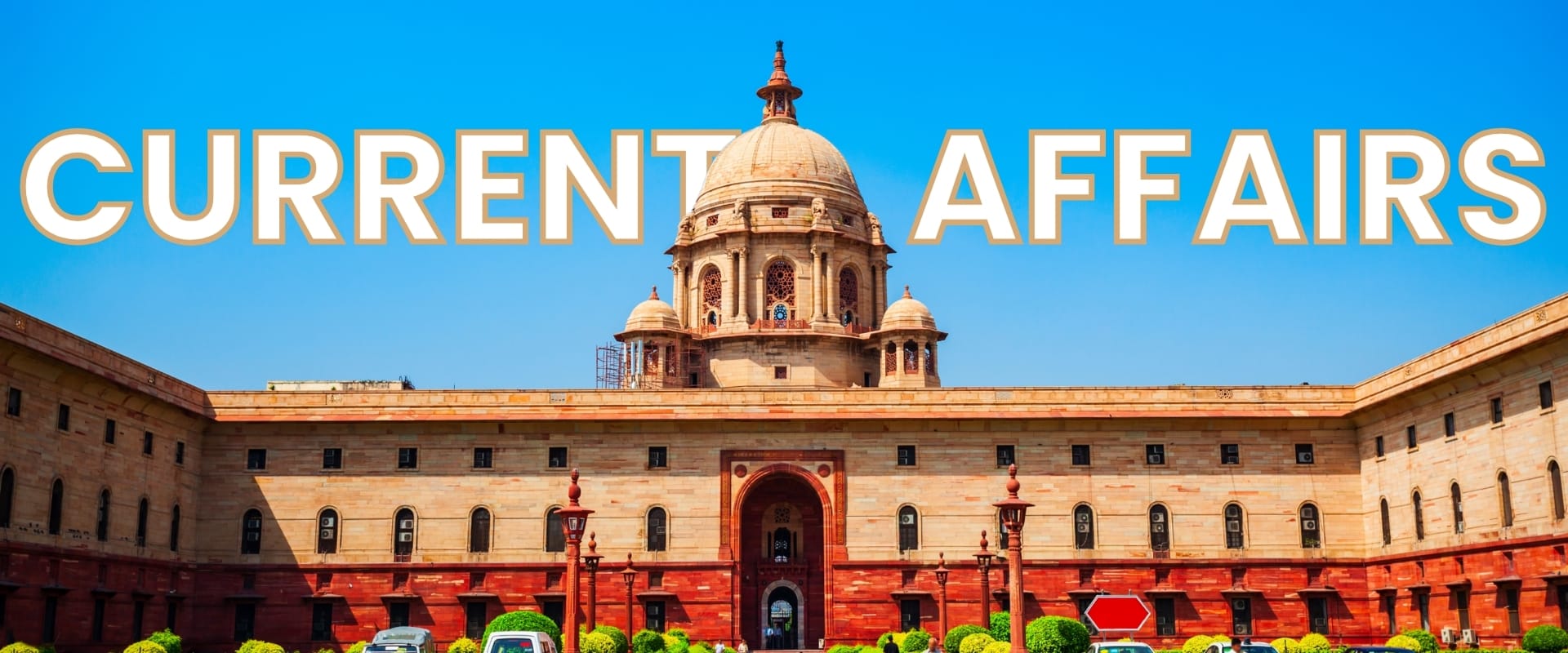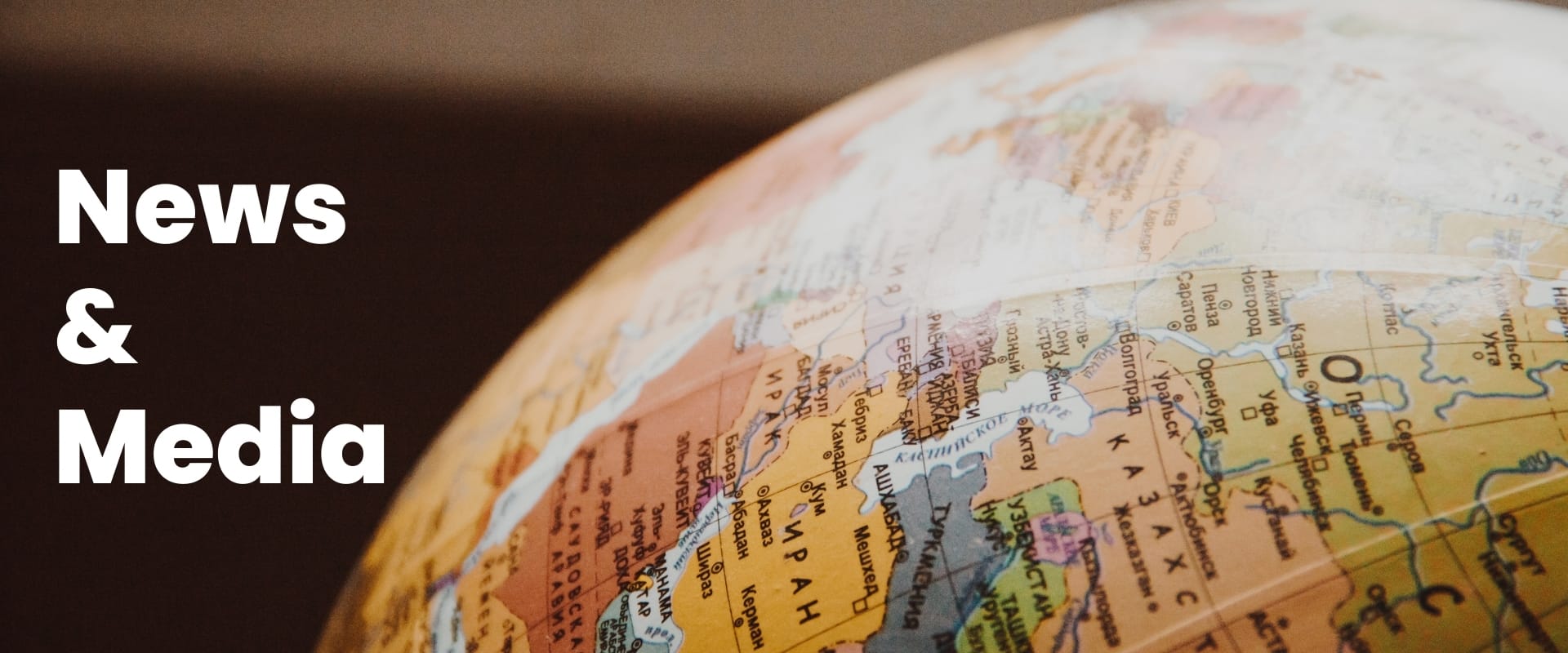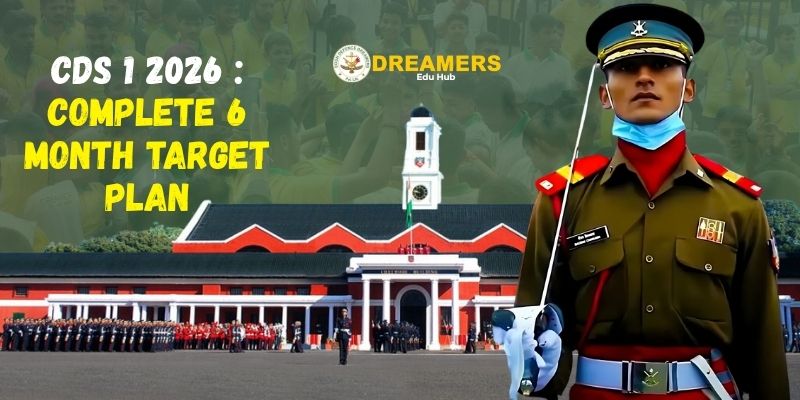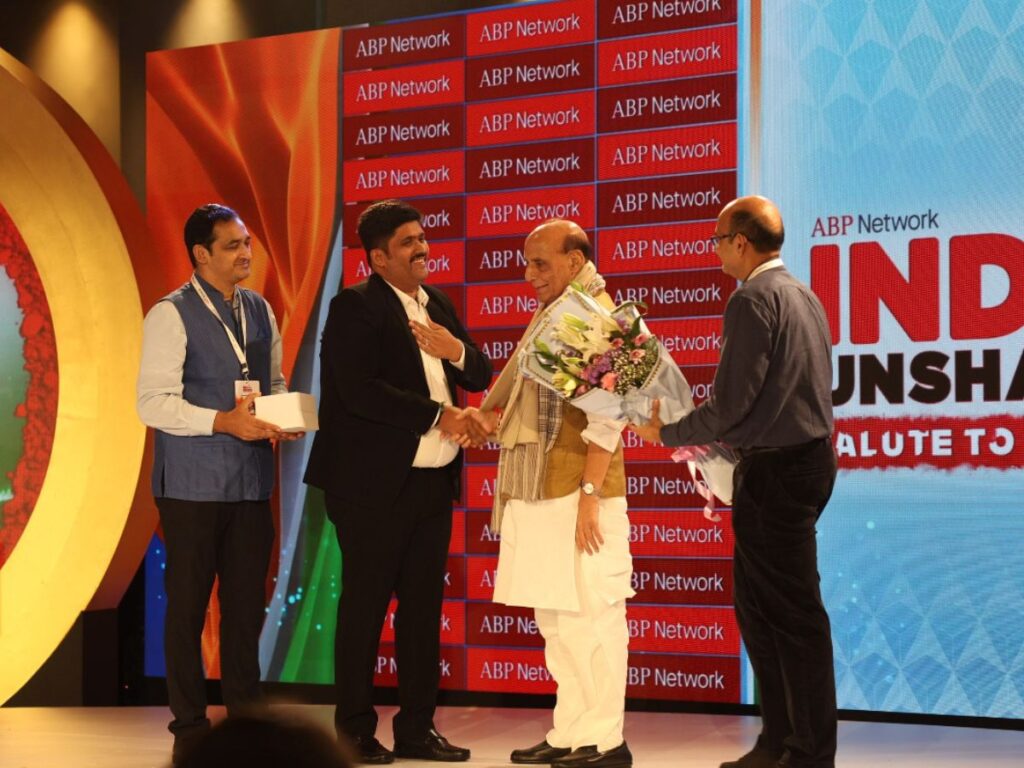Every year in early October, the world waits eagerly for the announcement of the Nobel Prizes — honoring humanity’s greatest minds in science, literature, and peace.
In 2025, these awards once again highlighted groundbreaking research and revolutionary ideas that are shaping our future.
Here’s a complete look at all the Nobel Prize 2025 announced so far — from Medicine to Physics to Chemistry — along with the fascinating stories behind the winners.
October 6, 2025 – Nobel Prize 2025 in Physiology or Medicine
Laureates & What They Discovered
Mary E. Brunkow (Institute for Systems Biology, Seattle, USA)
She, along with her co-laureates, helped discover how regulatory T cells (Tregs) maintain immune balance — preventing the immune system from attacking our own healthy tissues

Fred Ramsdell (Sonoma Biotherapeutics, San Francisco, USA)
He contributed to the identification of a gene called FOXP3 involved in Treg development. Mutations in this gene can cause severe autoimmune disorders.
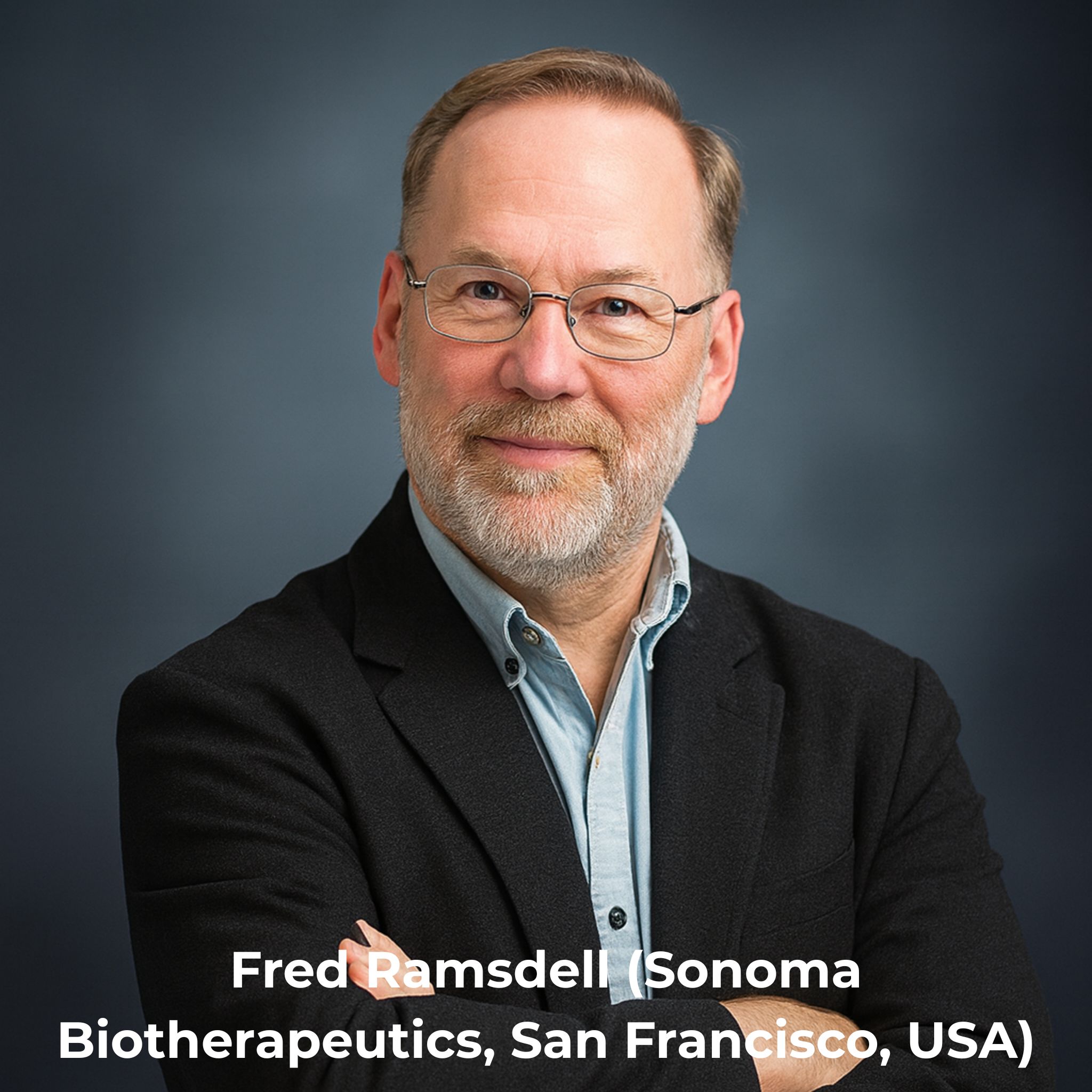
Shimon Sakaguchi (Osaka University, Japan)
He was pioneering in discovering that immune tolerance is not only centrally controlled (in the thymus) but also peripherally regulated, introducing the idea of “immune tolerance in the body’s tissues.”
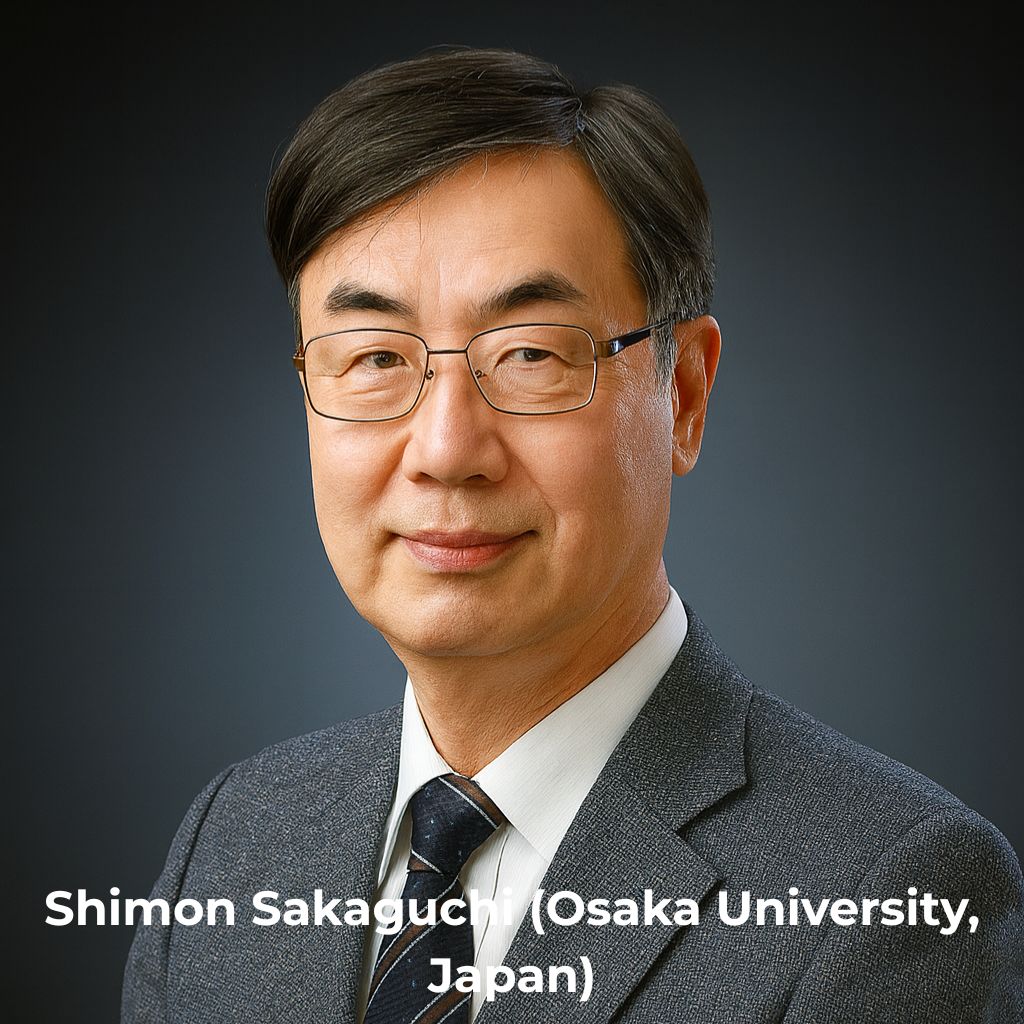
Prize Motivation (Citation)
They won the prize “for their discoveries concerning peripheral immune tolerance” — i.e. how the immune system is regulated so it does not harm the body’s own tissues.
Why It Matters
Their work helps explain why autoimmune diseases (when body attacks itself) occur.
It opens pathways to therapies — possibly new treatments in cancer, autoimmunity, better organ transplants.
The concept of peripheral tolerance expands our understanding of immune regulation beyond just the central “education” in the thymus.
7 October 2025 — Nobel Prize 2025 in Physics
Laureates & What They Discovered
John Clarke (University of California, Berkeley, USA)
His work involved experiments showing quantum mechanical tunnelling and energy quantisation in electrical circuits at macroscopic scales.
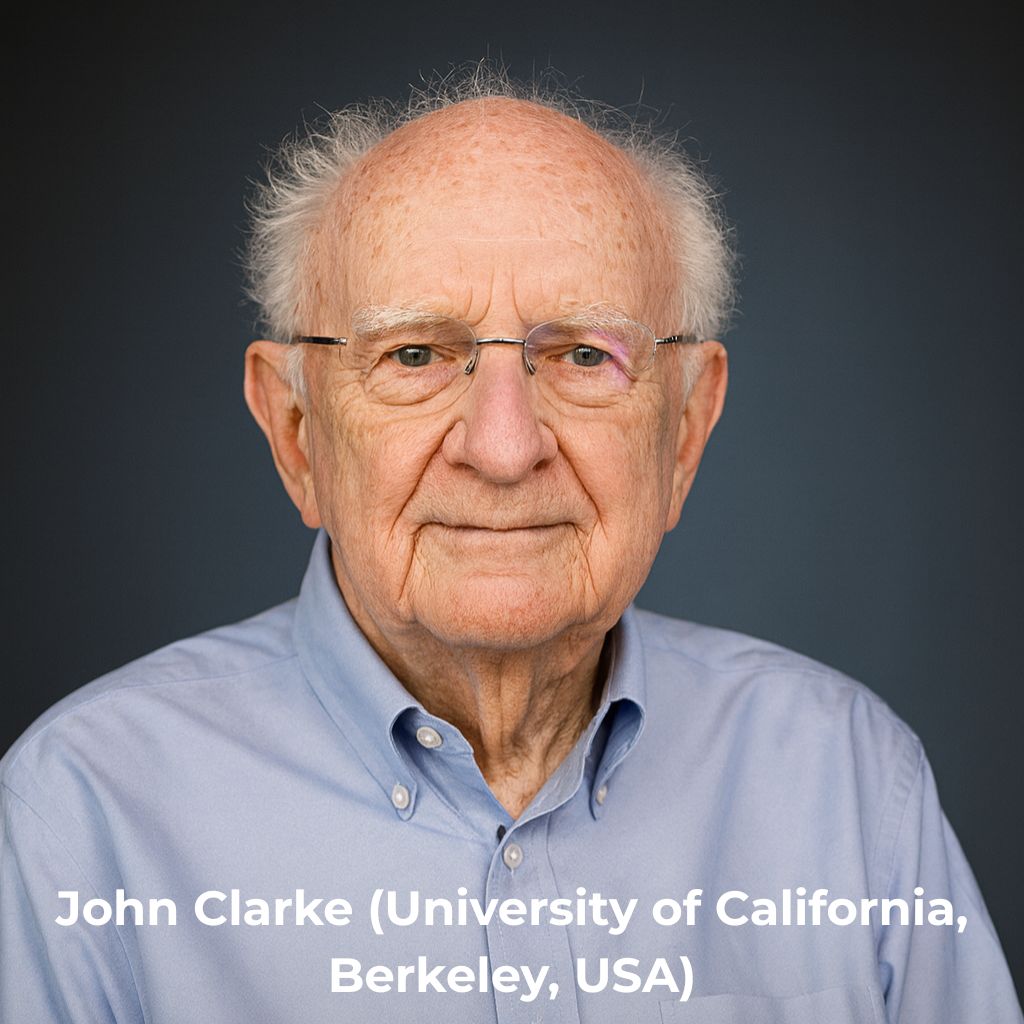
Michel H. Devoret (Yale University & UC Santa Barbara, USA)
He co-developed circuits that display quantum effects at a scale you can hold — bridging microscopic quantum phenomena to larger systems.
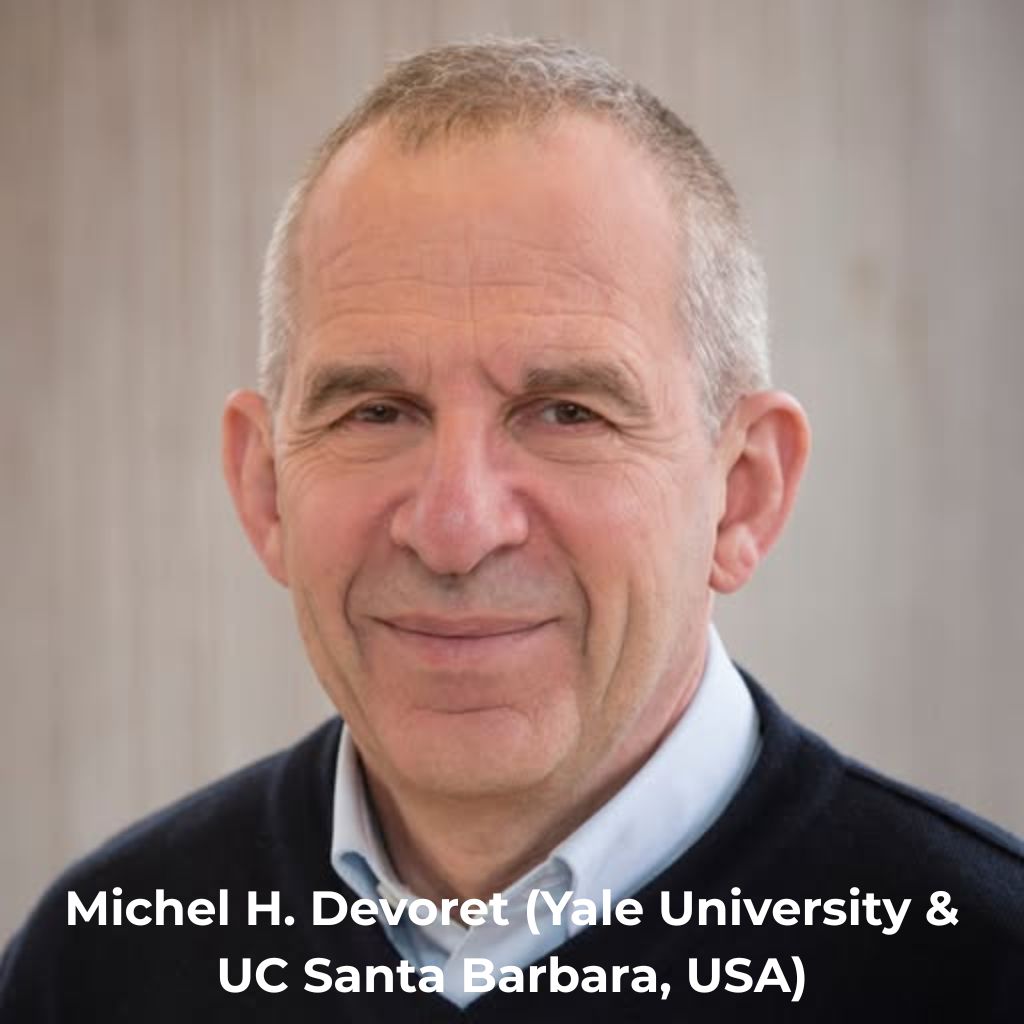
John M. Martinis (University of California, Santa Barbara, USA)
Worked together with Clarke and Devoret, contributing to the design and experiments showing quantisation and tunneling in circuits.
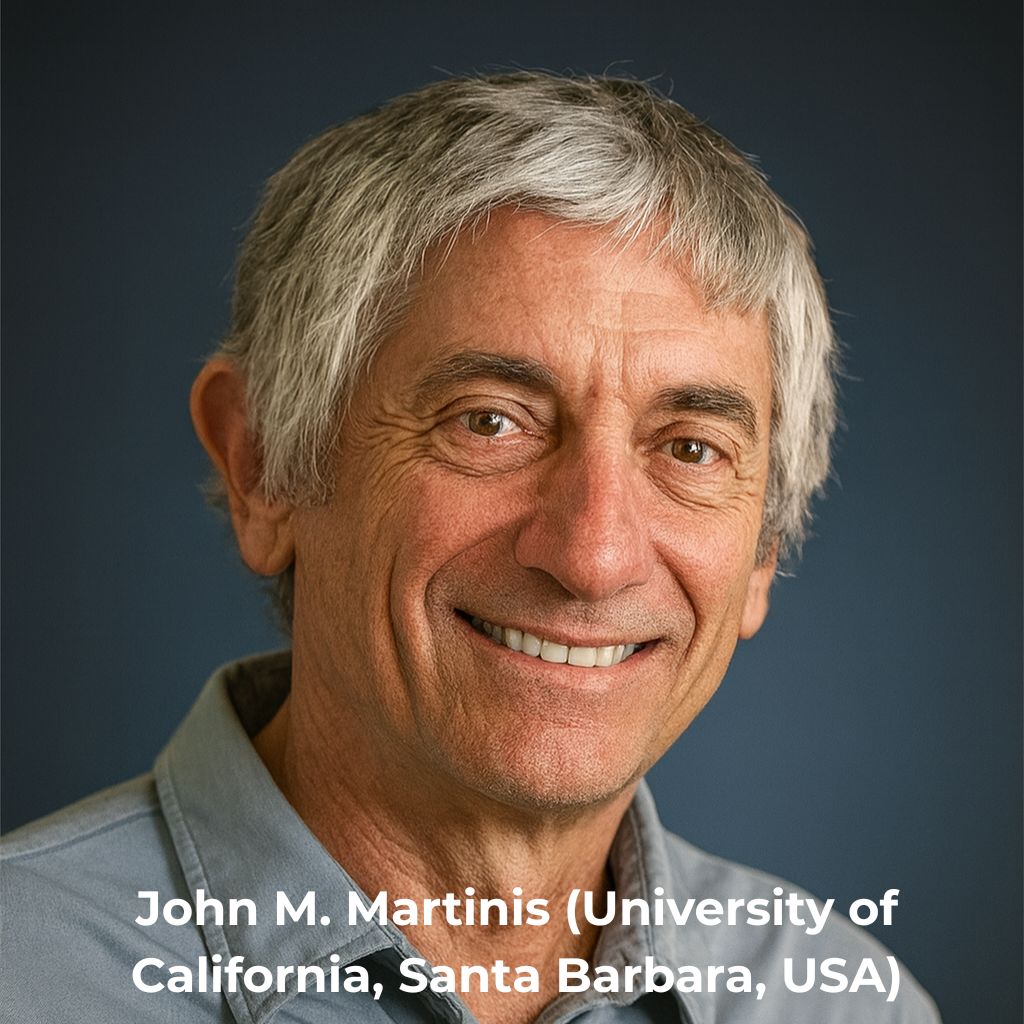
Prize Motivation (Citation)
They won “for the discovery of macroscopic quantum mechanical tunnelling and energy quantisation in an electric circuit.”
Why It Matters
It answers a major question: How big can a system be while still showing quantum behavior?
Their experiments used superconducting circuits to demonstrate quantised energy levels, bridging quantum physics to more practical systems.
The work is foundational for quantum computing, quantum sensors, and quantum technologies.
8 October 2025 — Nobel Prize 2025 in Chemistry
Laureates & Their Achievement
Susumu Kitagawa (Kyoto University, Japan)
He demonstrated how metal–organic frameworks (MOFs) can be stable and allow gases to flow in and out, and how these materials could be flexible and tailored for various tasks.
Born: 4 July 1951
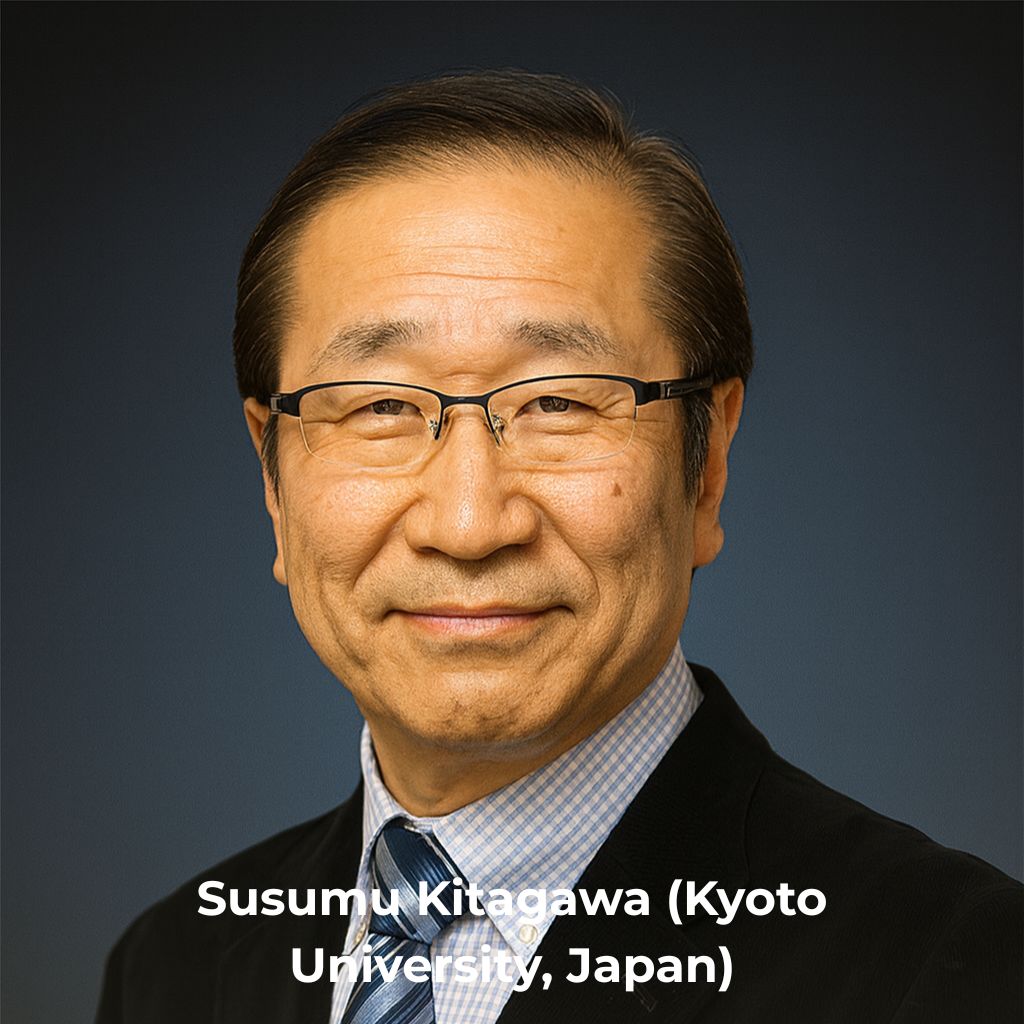
Richard Robson (University of Melbourne, Australia / originally from UK)
He initiated early designs combining metal ions with organic linkers — the pioneering concept of frameworks with internal porosity — though early versions were unstable.
Born: 4 June 1937
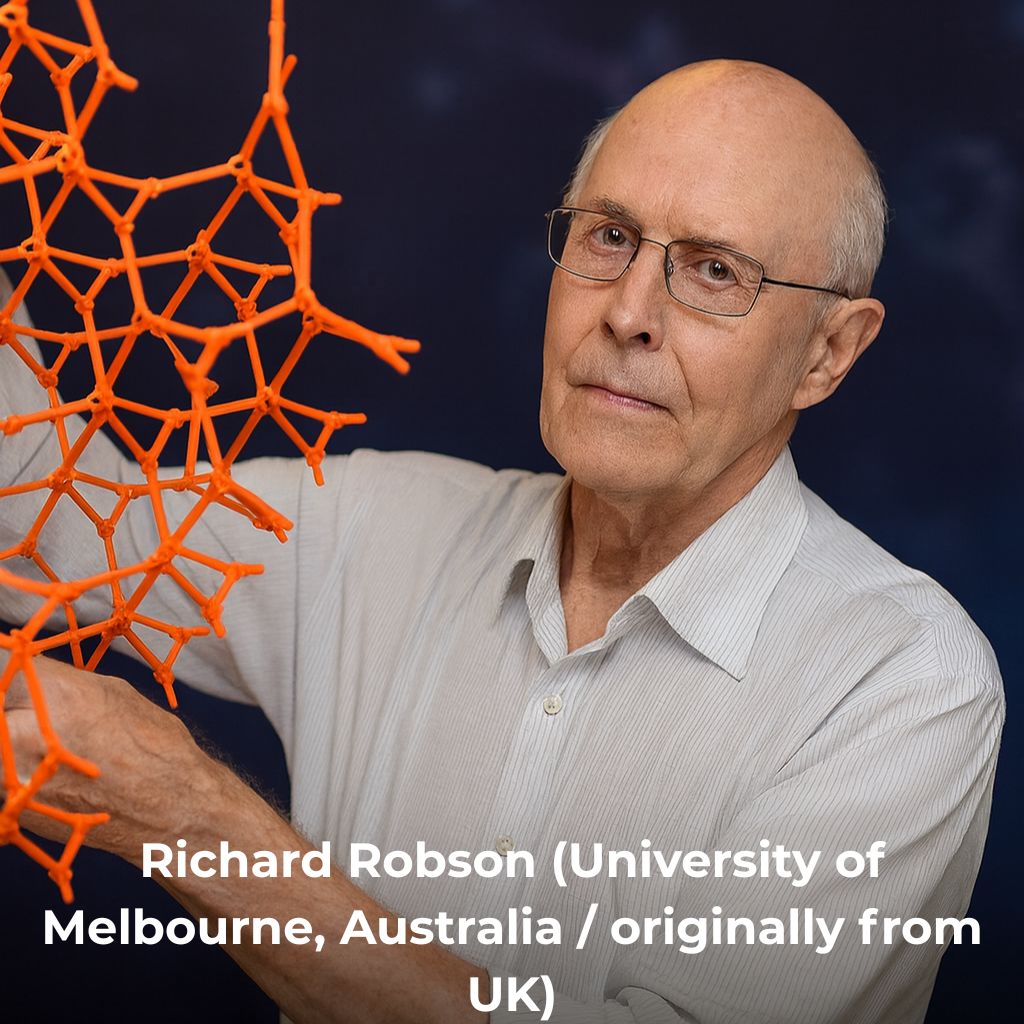
Omar M. Yaghi (University of California, Berkeley, USA)
He refined and scaled up MOF design, treating the process like constructing with modular building blocks (reticular chemistry). His work made MOFs practical and robust.
Born: 9 February 1965
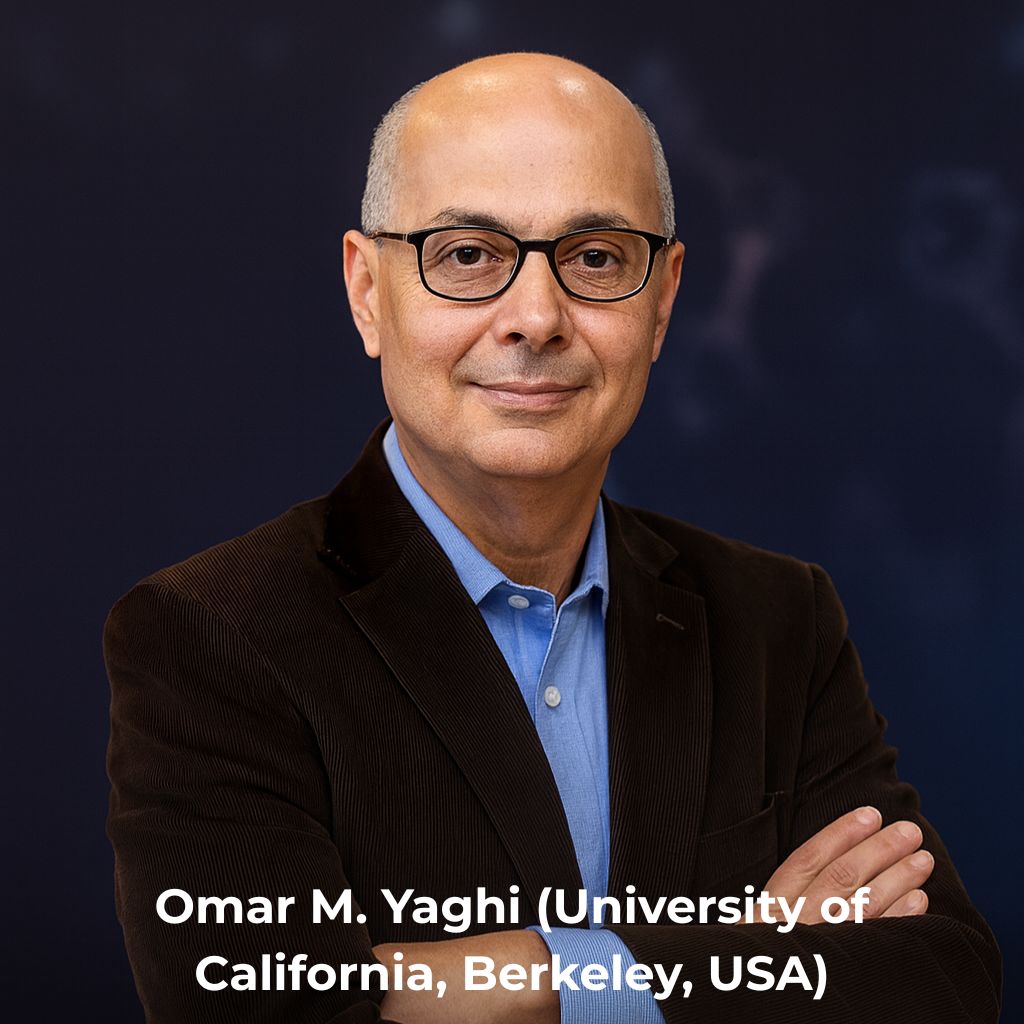
Prize Motivation (Citation)
They won the Nobel Prize 2025 in Chemistry “for the development of metal–organic frameworks”.
From the official press release:
“They have created molecular constructions with large spaces through which gases and other chemicals can flow. These constructions, metal–organic frameworks, can be used to harvest water from desert air, capture carbon dioxide, store toxic gases or catalyse chemical reactions.”
The prizes are shared equally: each gets one-third of the award.
Why This Work Matters
Porous Materials with Custom Use: By combining metal ions (as nodes) and organic molecules (as linkers), they built crystalline materials with internal voids or “rooms” where molecules can go in and out.
Applications for Global Challenges:
Harvesting Water from Air (even in dry climates)
Capturing & Storing CO₂ (to tackle climate change)
Storing Gases or Toxic Chemicals safely
Catalyzing Reactions / Conductivity in advanced materials
The Nobel committee described MOFs as bringing “previously unforeseen opportunities for custom-made materials with new functions.”
What’s Next?
The Nobel Week continues with the following upcoming announcements:
October 9 – Literature Prize
October 10 – Peace Prize
October 13 – Prize in Economic Sciences
Each award reflects Alfred Nobel’s vision — celebrating those who have conferred the greatest benefit to humankind.
Prize and Ceremony
Each Nobel Laureate receives:
11 million Swedish kronor (~USD 1.2 million)
A 24-karat gold medal
An elegantly hand-painted Nobel diploma
The award ceremony will be held on December 10, 2025, in Stockholm and Oslo — marking the anniversary of Alfred Nobel’s passing.
Recent Blogs
- NDA 2 2025 Complete SSB Interview Guide – Check it out
- NDA 2 2025 Answer Key (All Sets A/B/C/D) Maths – Check it out
- NDA 2 2025 Answer Key (All Sets A/B/C/D) GAT – Check it out
Key Takeaways
The Nobel Prize 2025 announcements showcase groundbreaking discoveries that could transform medicine, technology, and environmental solutions across multiple fields.
• Medical breakthrough: Three scientists won for discovering peripheral immune tolerance, potentially revolutionizing treatments for autoimmune diseases and cancer therapies.
• Quantum computing foundation: Physics laureates demonstrated quantum tunneling in macroscopic circuits, laying crucial groundwork for next-generation quantum computers.
• Environmental solutions: Chemistry winners created metal-organic frameworks that can capture CO2, harvest water from desert air, and filter pollutants.
• Global impact potential: These discoveries address humanity’s biggest challenges—from autoimmune diseases affecting millions to climate change and water scarcity.
• Research acceleration: Nobel recognition typically doubles laureates’ research output and attracts significant funding to their fields of study.
The remaining announcements for Literature, Peace, and Economic Sciences will complete this year’s celebration of human achievement, with each prize carrying the potential to reshape public discourse and research priorities worldwide.
FAQs
Q1. Who are the winners of the Nobel Prize 2025 in Chemistry?
The Nobel Prize 2025 in Chemistry was jointly awarded to Susumu Kitagawa, Richard Robson, and Omar Yaghi for their groundbreaking work on metal-organic frameworks (MOFs), a new form of molecular architecture with applications in carbon capture, water harvesting, and pollutant filtering.
Q2. When will the 2025 Nobel Peace Prize be announced?
The 2025 Nobel Peace Prize winner will be announced on Friday, October 10 at 11:00 CEST (5:00 am ET) by the Norwegian Nobel Committee in Oslo. The formal award ceremony will take place on December 10 in Oslo, Norway.
Q3.How are Nobel Prize 2025 winners notified of their award?
Nobel Prize laureates typically receive a phone call just minutes before the public announcement, informing them that they have been awarded the prize. These calls can come at unexpected times and reach the winners in various locations.
Q4. What impact does winning a Nobel Prize have on a scientist’s career?
Winning a Nobel Prize significantly transforms a scientist’s career. Research shows that laureates typically produce twice as many early papers as their peers and have over six times more “hit papers” in their careers. However, they may experience a temporary productivity decline immediately after receiving the award.
Q5. How many candidates were nominated for the 2025 Nobel Peace Prize?
The 2025 Nobel Peace Prize attracted 338 candidates, including 244 individuals and 94 organizations. This represents a significant increase from the previous year’s 286 nominees, reflecting growing global attention to peace initiatives worldwide.

